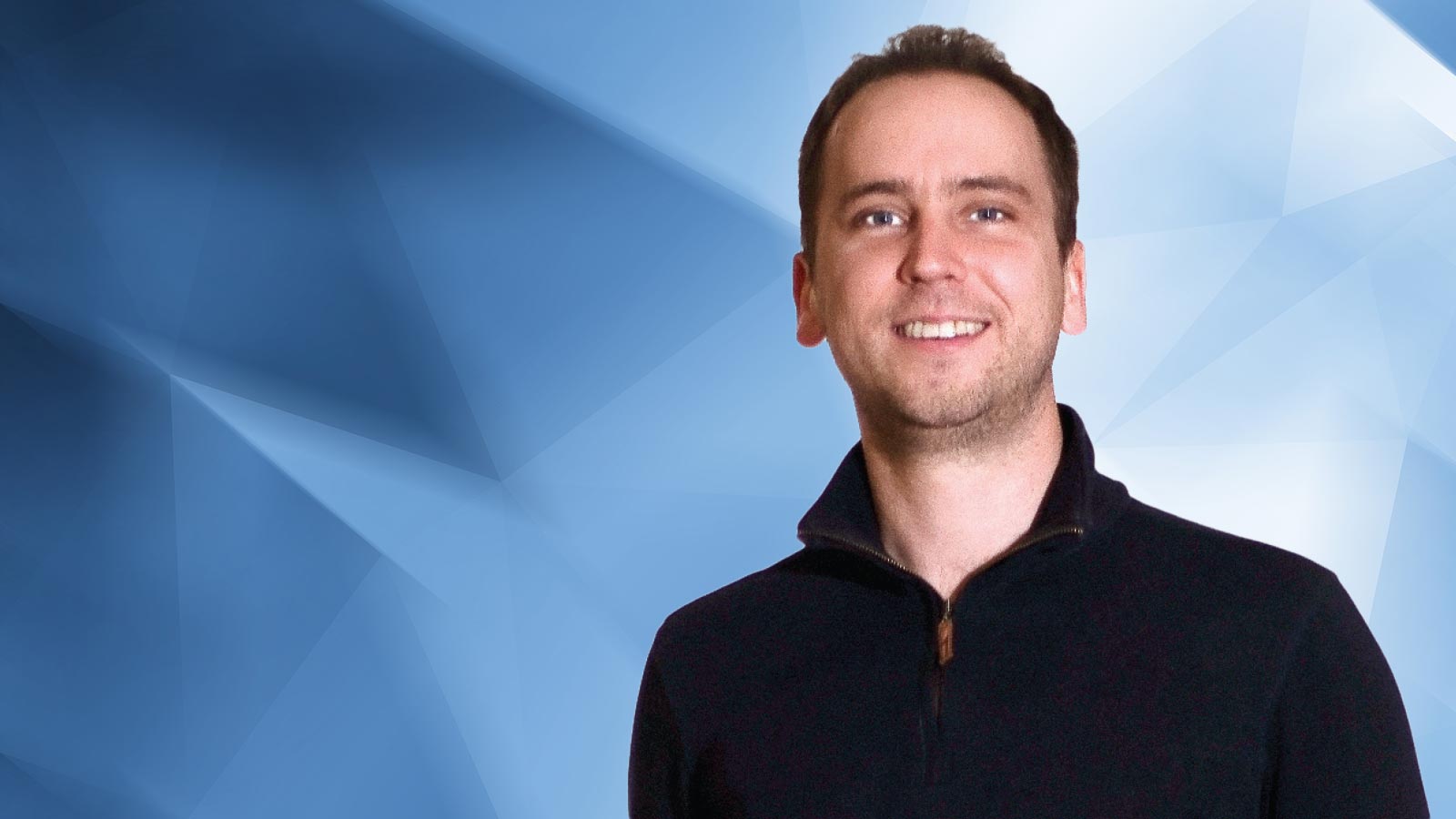Stay Up to Date
Submit your email address to receive the latest industry and Aerospace America news.
Twyman Clements, 31, co-founder and chief executive, Space Tango
When Twyman Clements and his three brothers launched model rockets as boys on their Kentucky family farm, he didn’t think he would ever have a chance to build spacecraft. In fact, he tried being a prep cook for a while in a restaurant. But that wasn’t for him, so he followed his brothers to the engineering program at the University of Kentucky. There he heard about Kentucky Space, a nonprofit consortium of universities and public and private groups. Now, Clements leads Space Tango, a 15-person commercial startup in Lexington that began at Kentucky Space. It is focused on microgravity research and manufacturing on the International Space Station and in an autonomous manufacturing facility the company plans to operate in the mid-2020s for advanced materials and biomedical devices.
How did you get into the business?
When I was in college, Kentucky Space was building the state’s first educational cubesat, KySat-1. It launched on NASA’s first Educational Launch of Nanosatellites mission. Kentucky Space offered great opportunities because it did everything from balloons to suborbital rockets, cubesats and International Space Station work. I got to see the cubesat community up close when it was very small and watch it become an industry. In late 2009, Kentucky Space had an opportunity to conduct experimental work on ISS, which led us to pivot and focus more on research, development and manufacturing on that platform. That’s where the idea for Space Tango originated. We asked, “How could we do this differently?” Kentucky Space built a few more cubesats, which I managed or worked on. After KySat-2 launched in November 2013, we went back to the ISS idea as we’d seen promising applications, particularly in the biomedical area. We developed the TangoLab product line. TangoLab is a 58-centimeter-by-46-centimeter platform that houses CubeLabs, 10-centimeter cubes with power and communication links for microgravity experiments. Space Tango spun out of Kentucky Space as our ambitions were in the commercial marketplace. Since our first operational launch on a SpaceX space station commercial resupply mission in February 2017, we’ve sent 64 payloads and 104 experiments to the space station. Our long-term view is using microgravity to build high-value products in space for Earth.
Imagine the world in 2050. What do you think will be happening in space?
I see an analogy with the internet from the ’90s through the middle of this decade. The advances and new players in the launch vehicle market are like the broadband or fiber being laid for the internet. They’re the enablers. The next few years will show us what business models can come out of that greater access to space, whether that be tourism, new methods for data gathering via satellites, mining, etc. In this analogy, once the high-speed internet was available, more valuable companies could be built on top, offering new applications in commerce, video sharing, social networking and all the other things we do.
About Debra Werner
A longtime contributor to Aerospace America, Debra is also a correspondent for Space News on the West Coast of the United States.
Related Posts
Stay Up to Date
Submit your email address to receive the latest industry and Aerospace America news.




